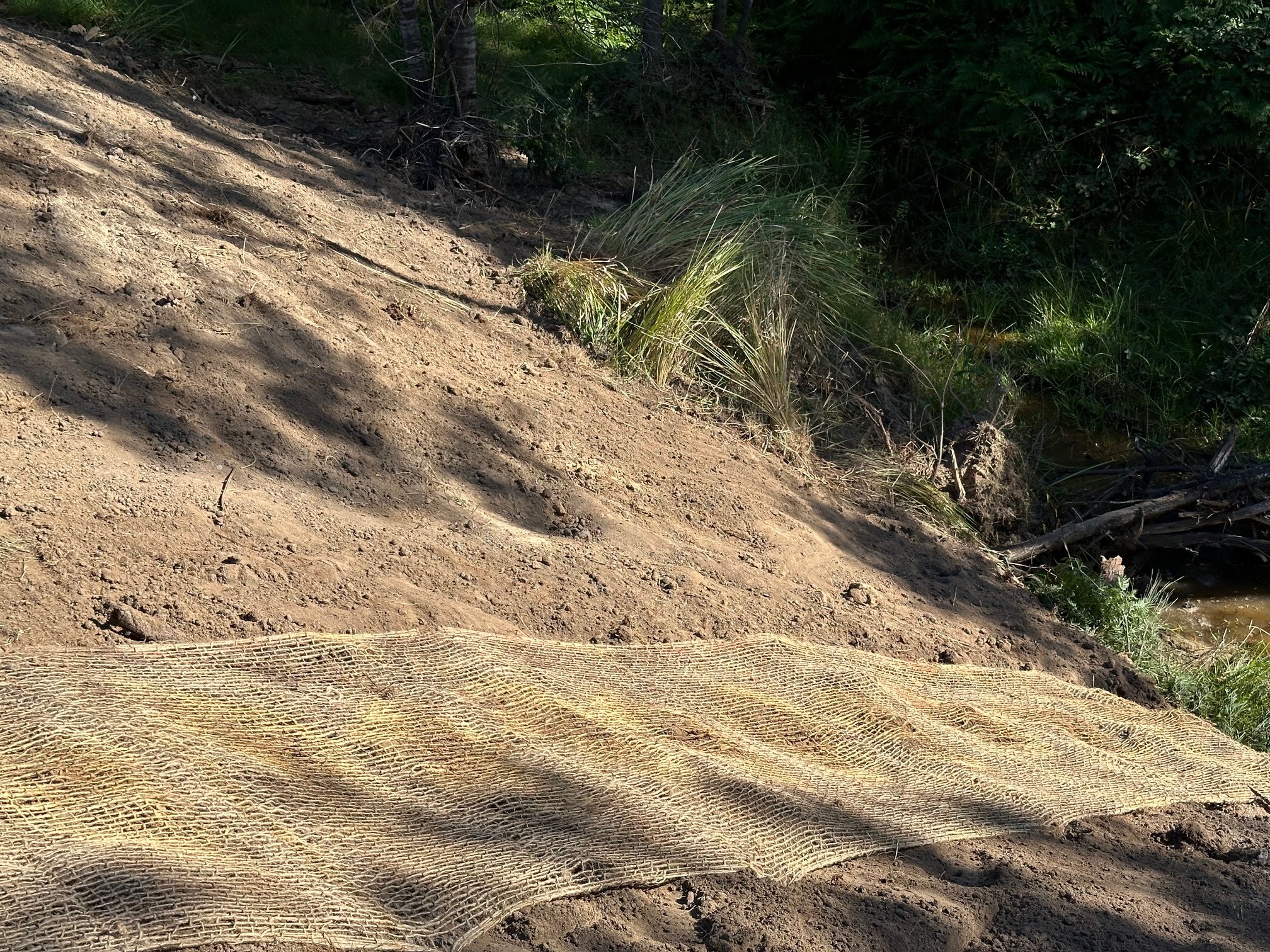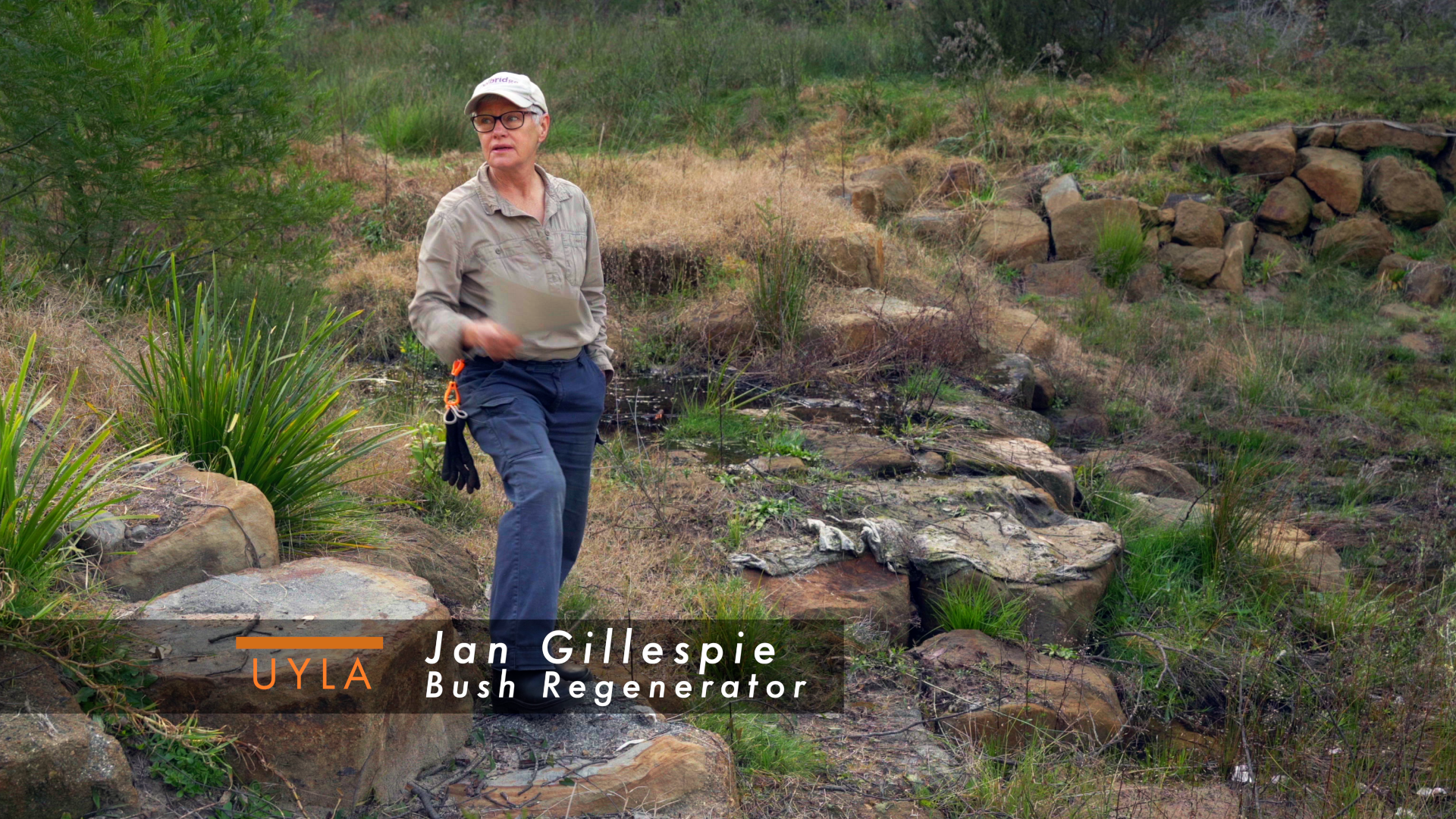
Riparian Repair
Riparian Restoration and Floods
Finchley Causeway
First it was fire, then it was flood, and we won’t mention the pestilence.
In mid-February 2020, the east coast endured a brutal heatwave, with temperatures soaring to 43 degrees. Yango Creek’s pools became lukewarm, and the riverbed felt like an overheated electric blanket. Then, on February 22nd, the skies unleashed a torrential downpour. By Monday, roads were flooded, and Upper Yango was cut off.
The rain fell on barren, fire-scorched hillsides, leading to severe erosion and an influx of sediment into Yango Creek. Head cuts formed where water cascaded over drop-offs, carving into the upper creek bed. This was just the beginning of two years of relentless rain and record-breaking floods.
It soon became clear that managing floodwater was as critical as fighting the fires. Throughout the Greater Wollombi Valley and the upper reaches of Yango Creek suffered extensive bank erosion, road washouts, and destructive runoff. While the council worked efficiently to rebuild roads, repair the Finchley Causeway and construct a concrete retaining wall at The Narrows, further action was needed to protect the riparian zone.
Under the BLERF grant, contractors repaired South Arm Road, ensuring reliable emergency access in all weather conditions. Additionally, they worked to stabilise creek banks and reinforce crossings to withstand future flooding events.
Community-driven restoration efforts have played a key role in recovery. The strategic planting of native vegetation, such as Lomandra and eucalypts, has helped stabilise the soil, reduce erosion, and improve water quality—laying the foundation for a more resilient and sustainable landscape.
Creek bank repair
Jan Gillespie on the efforts to reduce erosion in the creek with planting and a lot of earthwork by Hunter Local Land Services & NSW Soil Conservation Services.
Steve tells us about Hayden Simmons’ earthwork repairing creek banks damaged in the floods.















